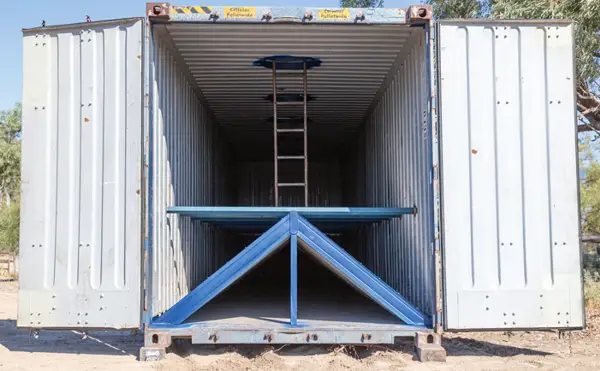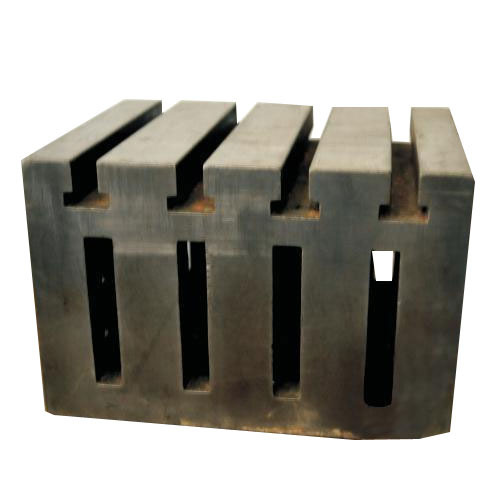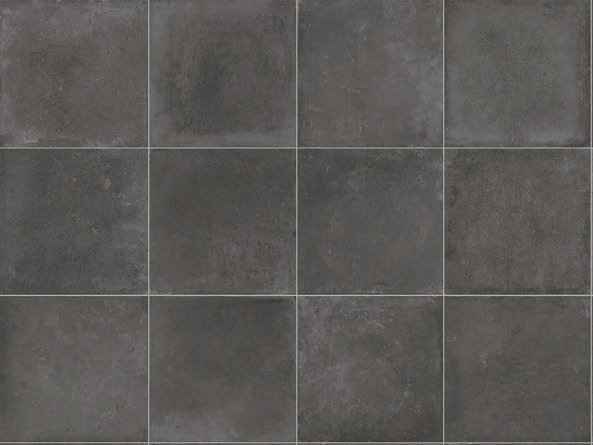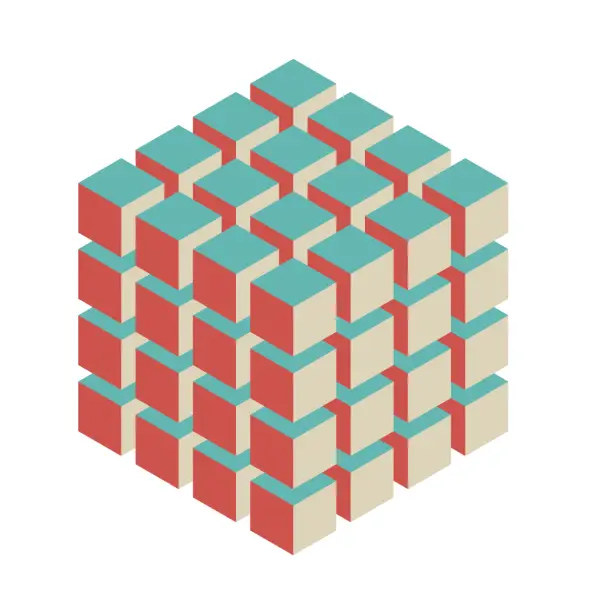If you are a fan of indoor games like me, you must have come across cubes such as dice and Rubix cubes.
If you are not a fan, you may have used or seen ice cubes, milk crates, solid square tables, and many other objects with cubic shapes.
What is a cube?
The term cube has two meanings in mathematics:
- A cube is a three dimensional object with six faces .The six faces are squares of equal length. This makes all the dimensions of the faces of a cube equal.
- A cube of a number is the product obtained when a number is multiplied by itself thrice.
For example;
3x3x3=27
In the above example, 27 is the cube of 3.
The cube of a number x is denoted as x3 (read as x raised to power 3).
What is a Cube Root?
The cube root of a number is defined as the number which when multiplied by itself three times outputs the number.
Consider the following example:
4x4x4=64
In the above example, 4 is the cube root of 64.
The cube root of a number x is denoted as 3√x (read as the cube root of )
Real-Life Applications of cubes and cube roots
Knowledge of cubes and cube roots can be applied in real-life situations to solve problems and make work easier. Here are some of the applications.
1. Getting dimensions of a three-dimensional object whose volume is known

When the volume of an object whose shape is cubic is known, its dimensions can be obtained by calculating the cube root of the volume.
Knowledge of these dimensions can help in determining the area of the faces.
A painter who wants to paint the faces can use this knowledge to estimate the amount of paint required or a carpenter constructing a cubic table can apply this knowledge in estimating the quantity of material required.
2. Calculating the volume of a container

Containers such as ice cream boxes, underground water tanks, and milk crates have cubic shapes.
The volume of these containers can be obtained by finding the cube of the length of the faces.
This helps us to know the amount of water a tank can hold or the number of packets of milk a crate can hold.
3. Designing and building of cube towers

An engineer who wants to build a cubic tower of a given volume will work out its dimensions by calculating the cube root of its volume.
This is essential in determining the nature and quantity of materials required to construct the tower.
4. Engineers use knowledge of cube roots to incise cubic holes in iron blocks

Cast iron is incised with cubic shapes of carbon at high temperatures to improve its tensile strength.
Knowledge of cube roots is applied in this process to control the quantity of carbon added.
5. Estimating the cost of covering a floor with tiles

A tile installer can estimate the number of tiles required to cover the floor of a cubic room whose volume is known.
By determining the cube root of the volume of the room, he will obtain the length of one side of the floor.
He will then work out the area of the floor by squaring the length of one side.
The number of tiles required is obtained by dividing the area of the floor by that of one tile.
Parting Thoughts
There are many more applications of cubes and cube roots in real life such as the construction of toys like Rubix cube, gift boxes, sugar, and ice cubes and casseroles.
Knowledge of cubes and cube roots is a simple way of solving problems in our day-to-day lives, with great fun.

